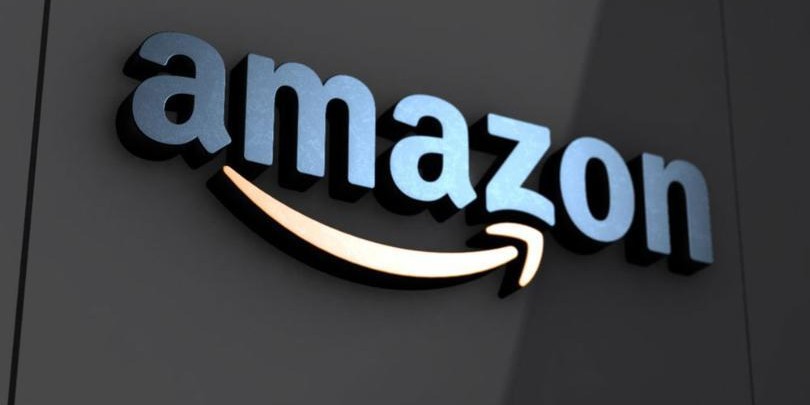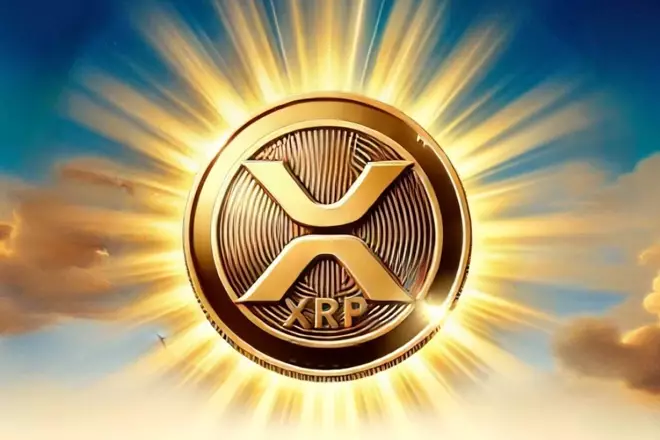After much anticipation, the ZORA airdrop is finally live, rewarding early platform users across two snapshot periods. However, there was notable confusion among the community on whether an official checker or claim site was provided.
Operating on the Zora network, the project leverages low-cost transactions via Base blockchain, making it accessible for creators and collectors. Jesse Pollak, the creator of Base blockchain, commented on Zora and content coins amid the airdrop euphoria.
No Official Checker or Claim Site for ZORA Airdrop
Airdrop farmers expressed concerns during the hours leading up to the Zora airdrop as the network did not provide an official checker or claim site.
“Zora launches in 30 mins & no official checker or claim site in view. Incompetence,” wrote a core contributor at NFTNG.
However, reports suggested that Zora airdrops would happen automatically, not requiring users to claim the token. Users were required to go to the contract address and check their allocations.
From inception, the project committed to transforming the creator economy. To do this, it aimed to empower artists and developers through its decentralized NFT marketplace and protocol.
It aims to foster a permissionless, on-chain creator ecosystem, evidenced by its distribution of 300,000 OP tokens to early users in past campaigns.
Zora’s airdrop required users to engage with the network, minting NFTs, bridging ETH, or using Uniswap, before snapshots on March 3 and days before the Token Generation Event (TGE).
“Snapshot 1 includes activity from 00:00:00 UTC January 1, 2020 up until 14:00:00 UTC March 3, 2025. Snapshot 2 includes activity from 14:00:00 UTC March 3, 2025 up until 00:00:00 UTC April 20, 2025,” Zora said in a Sunday post.
Zora launched its “fun token” with a 10 billion total supply. It allocated 10% (1 billion tokens) for a retroactive airdrop to reward early adopters, including NFT minters, buyers, and creators.
An additional 20% was reserved for community incentives, though 65% went to insiders (team, treasury, contributors). This sparked criticism of skewed tokenomics.
However, ZORA has been listed on exchanges like Binance Alpha (DEX), Bybit, Bitget, KuCoin, Gate, MEXC, and Bitrue. Its launch price was also $0.03, which aligned with pre-market prices estimated at $0.02–$0.06.
Meanwhile, attention has shifted to Content Coins amidst the Zora airdrop frenzy. The mismatch between their viral popularity and financial returns has become apparent.
While Zora’s novel platform cultivated a loyal creator base, concerns linger over transparency and token utility.
The ZORA token, lacking governance rights, drew scrutiny from figures like ZachXBT. As BeInCrypto reported, the blockchain sleuth questioned Zora’s pivot to meme coin-like tokens and its decline in NFT market share amid competition from platforms like OpenSea.
Against this backdrop, BeInCrypto contacted Jesse Pollak, Creator of the Base network, on the same matter. Pollak recently defended the value of content coins, emphasizing their potential for creators despite volatility.
Jesse Pollak Discusses Base Network’s Viral Gambit
As meme coins surge back into the spotlight, the Zora airdrop has ushered in a new frontier in content. While Solana has positioned itself as the go-to chain for meme coin launches, Base Network is quietly redrawing the map.
With an ethos rooted in accessibility, virality, and on-chain creator empowerment, Base is going beyond competition and expanding the playing field.
In an exclusive with BeInCrypto, Jesse Pollak shared his thoughts on the rise of meme culture on-chain and why the next wave will not look like the last.
“We’re working to bring a billion people on-chain, and we know we can’t do that alone. I have a lot of respect for the Solana team – they have done a lot to onboard people into crypto, and I’m glad to see that. We’re looking to grow the pie, not just compete for the existing pie. And we see content coins on Base as one way to grow that pie,” Pollack told BeInCrypto.
According to the Base executive, one must not understand anything about crypto or the underlying infrastructure before posting on Zora.
Instead, creators can post their content, start earning, and experience firsthand the benefits of on-chain social.
From Meme Coins to Content Coins
Meme coins like DOGE, PEPE, and BONK have thrived on shared culture and speculative energy. However, where those coins demand coordinated communities, shill strategies, and roadmap hype, content coins represent a cleaner break from tradition.
“Content coins are one-off pieces of content that are also coins. Most photos posted on social media are just photos, but occasionally something will take off and become a viral meme. Similarly, with content coins, most of them are just pieces of content that people should post without expectation. However, big ones have the potential to turn into memes, and the free market is deciding on the value of each piece of content,” Pollak added.
According to the Base creator, virality, decoupled from long-term projects, marks a philosophical departure. It lowers the barrier to entry while foregrounding creativity, not coordination.
In contrast, Solana’s meme coins often emulate startup cultures, featuring brand building, influencer tie-ins, and a pitch deck’s worth of lore.
Base’s alignment with platforms like Zora introduces a new monetization pathway. Instead of creators launching tokens, they are launching moments.
Each post becomes an atomic unit of culture, value, and trade. Moreover, Base invites the entire internet to participate because no crypto literacy is required.
In this way, Base transcends a chain, becoming a cultural substrate for the next evolution of the web. It is a platform where virality itself becomes liquid.
Whether Base overtakes Solana as the new epicenter for memetic creation remains to be seen.
However, the network’s commitment to onboarding creators, not just developers and degens, sets a unique tone. It is meme culture without the roadmap, presenting virality without the whitepaper.
If Solana is the Nasdaq of meme coins, Base looks more like TikTok with a wallet in the race to bring the next billion users on-chain.
The post Base Network’s Jesse Pollak Talks Content Coins, Meme Coins, and ZORA Airdrop appeared first on BeInCrypto.







